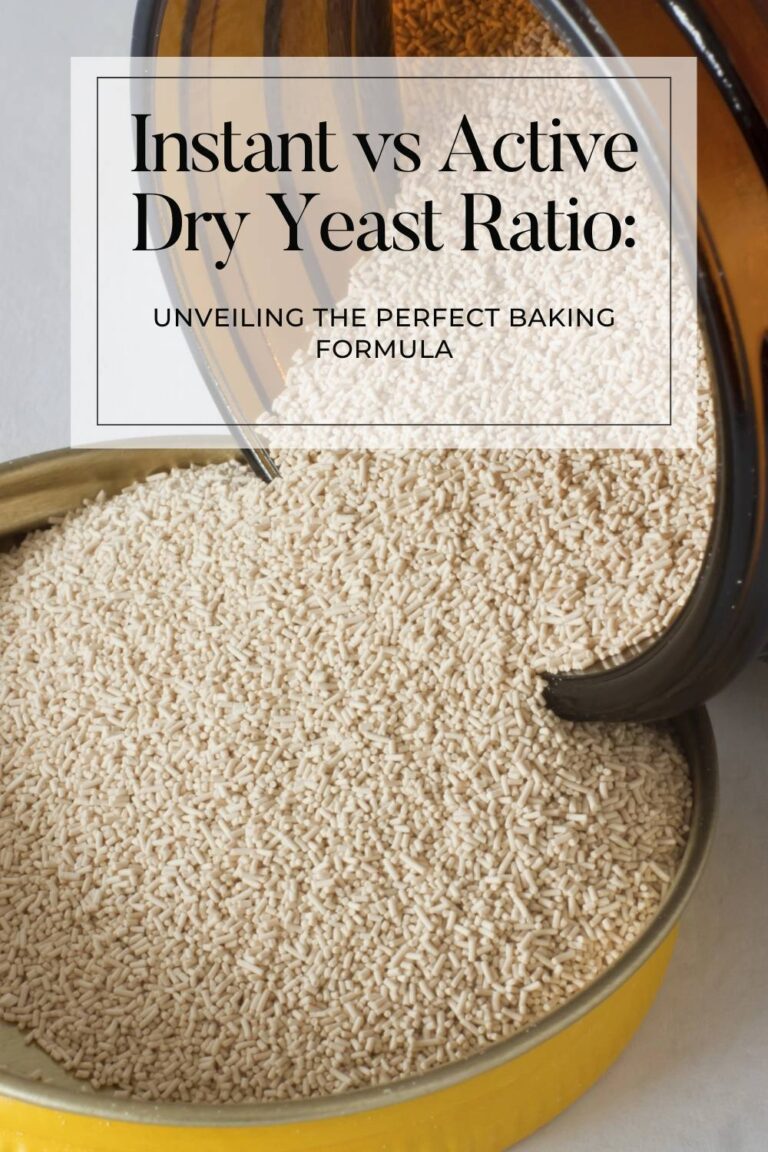Exploring Types of Yeast
Hey there, friends!
Today, we’re continuing in our mini series and taking a deep dive into types of yeast – those tiny organisms that work their magic to give our baked goods that perfect rise and flavor. So let’s get to it and explore a few different types of yeast and how they’re used.
Now, before we delve into baking yeast, let’s briefly touch on the other types of yeast you might encounter in your culinary adventures.
Brewers Yeast
Brewer’s yeast, for instance, is a key ingredient in brewing beer and making wine. This yeast thrives on fermenting sugars, producing alcohol and carbon dioxide as a byproduct.
Wild Yeast
Then there’s wild yeast, which is everywhere! It occurs naturally in the environment and can be found on fruit skins, in the air, and even on grains. This spontaneous fermentation process is what gives sourdough bread its tangy flavor and chewy texture, making it a favorite among bread enthusiasts.
Nutritional Yeast
Nutritional yeast is a deactivated form of yeast. People use this often as a flavoring or nutritional supplement. People commonly sprinkle its cheesy, nutty flavor over dishes to add depth and richness.
While these types of yeast may not be as commonly used in baking as baker’s yeast, they each play a unique role in the culinary world, adding depth of flavor and complexity to a variety of dishes.
Now, let’s dive into the heart of our discussion – baking yeast.
When it comes to baking, there are a few key players you’ll want to get acquainted with.
Active Dry Yeast
Active dry yeast is a tried-and-true favorite among bakers. This yeast requires proofing in warm water before use, activating its fermentation process and giving rise to fluffy bread and pastries.
Instant Yeast
On the other hand, you can add instant yeast, also known as rapid-rise yeast or quick-rise yeast, directly to the dry ingredients without proofing. It’s designed to dissolve quickly and start working right away, cutting down preparation time without sacrificing quality.
Fresh Yeast
And let’s not forget about fresh yeast, also known as cake yeast or compressed yeast. This yeast, moist and crumbly, comes in small blocks and boasts a higher moisture content than dry yeast varieties. Its shelf life is much shorter than that of dry yeasts, requiring refrigeration for storage.
Osmotolerant Yeast
And there’s one more type of baking yeast you may or may not have heard of: osmotolerant yeast. I bet you haven’t seen this one on the shelf at your grocery store! Bakers use this yeast for sweet doughs.
In small quantities, sugar helps yeast ferment because it is food for the yeast. But, in some sweet dough products, sugar can inhibit the fermentation because the sugar attracts a lot of water to itself and then makes it unavailable to the yeast and in turn, slows fermentation. Manufacturers specifically process this type of yeast to address this conundrum.
These types of baking yeast all work the same by consuming sugars in the dough and releasing carbon dioxide gas, which creates bubbles and causes the dough to rise. This process, known as fermentation, is what gives bread its airy texture and soft crumb.
In conclusion, yeast is a versatile ingredient that enhances the flavor, texture, and aroma of countless culinary delights. Whether you’re baking bread, brewing beer, or experimenting in the kitchen, understanding the different types of yeast and how to use them effectively is essential for culinary success.






